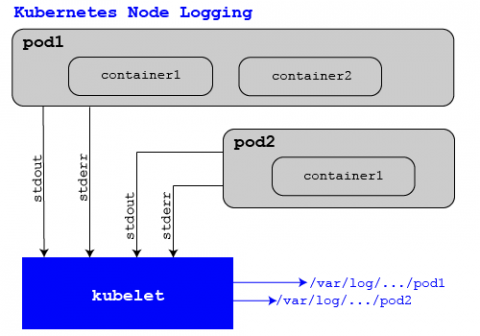Sumo Logic platform video
Sumo Logic SaaS analytics platform makes the world's applications reliable and secure 24x7x365. Learn how Sumo Logic ingests data at scale, helps find and troubleshoot issues fast, and secures user experiences. We integrate with hundreds of out-of-the-box apps, making it easy and seamless to get more from your data quickly. Whether your data resides in multiple clouds or on-premises, now you can monitor, troubleshoot and secure your apps from ONE platform powered by logs.










